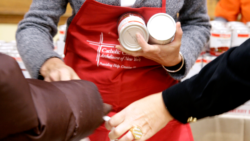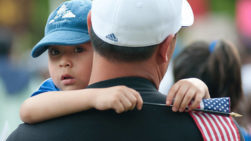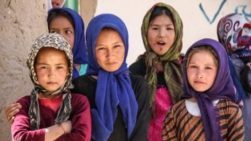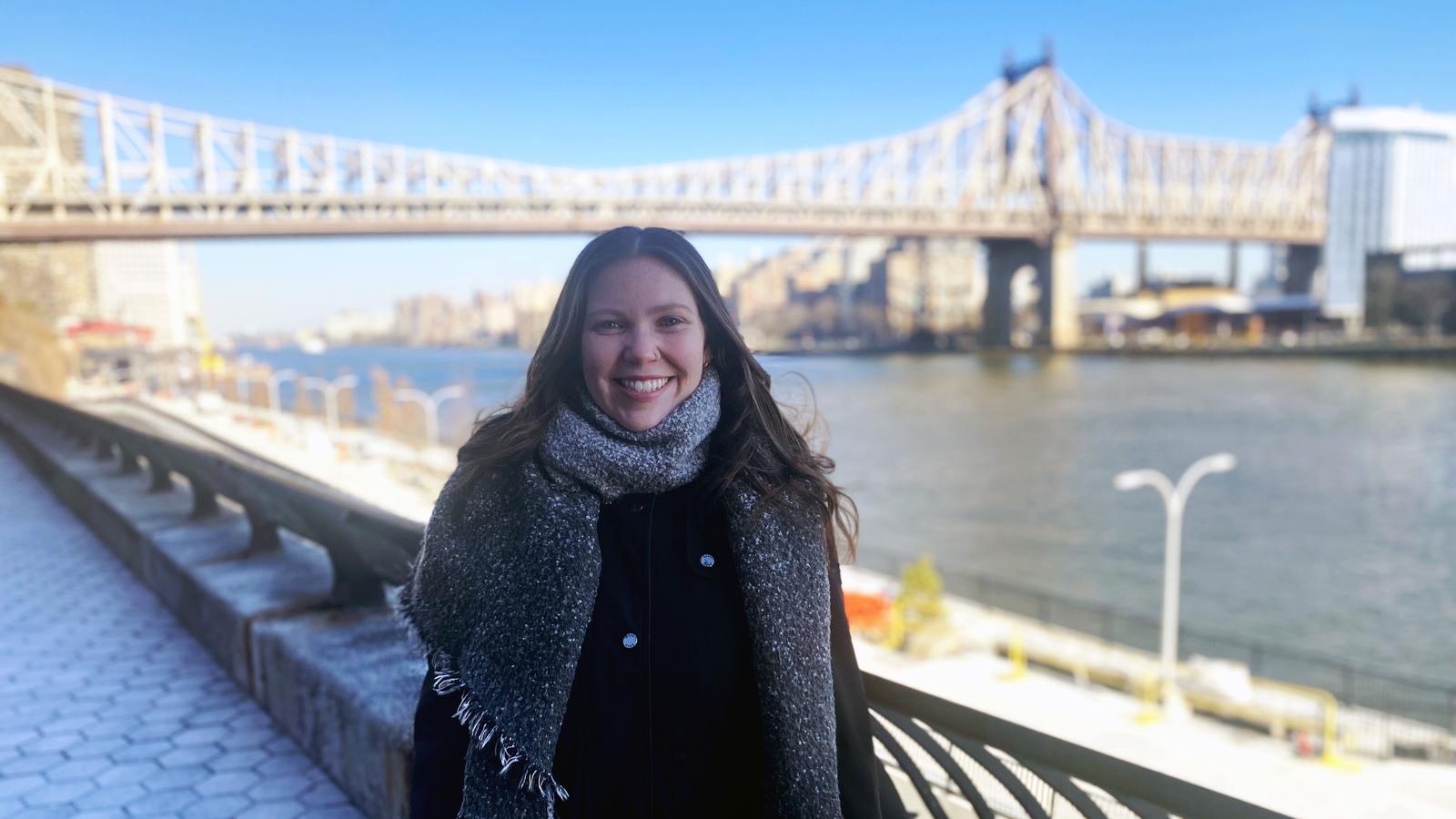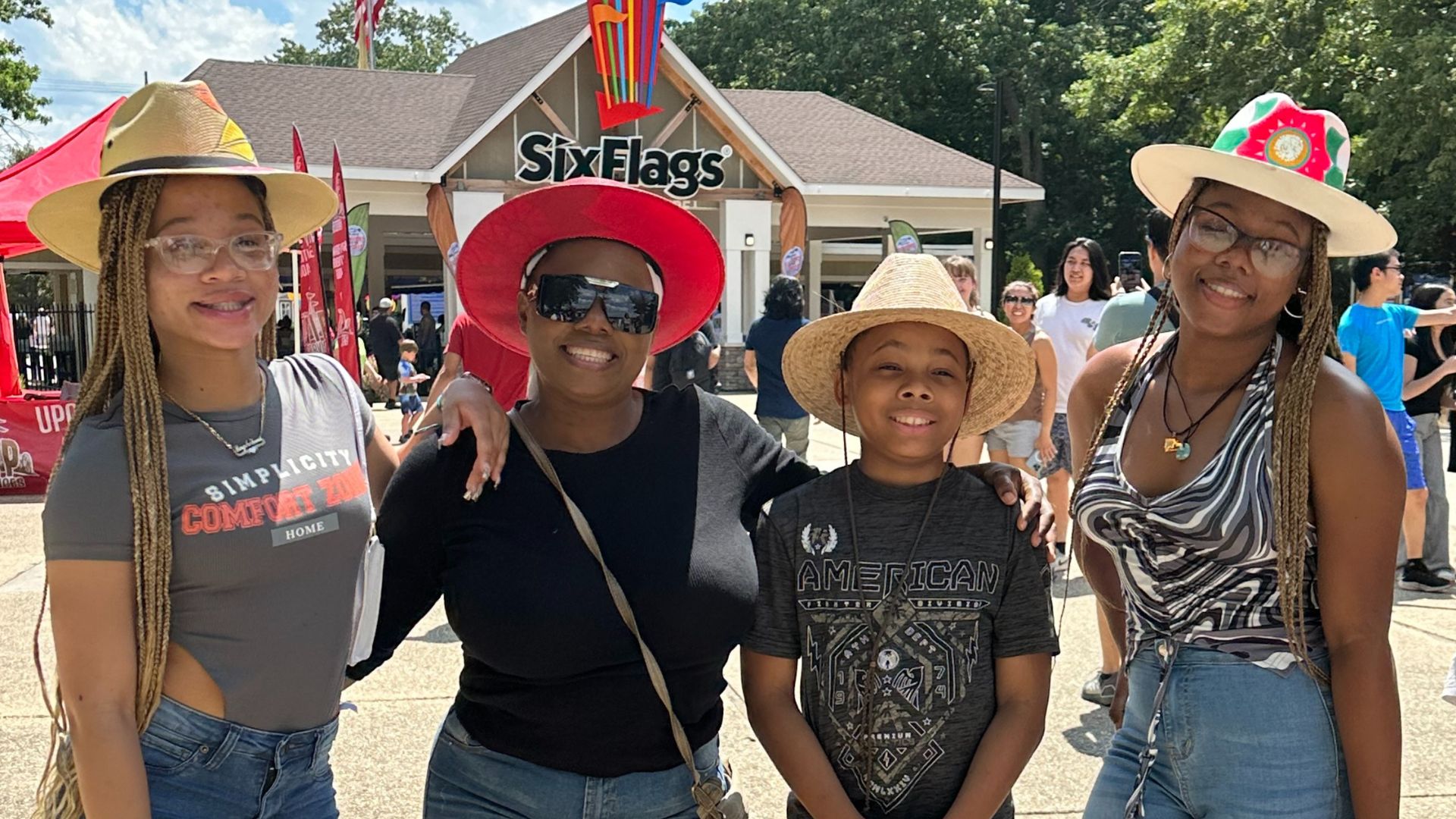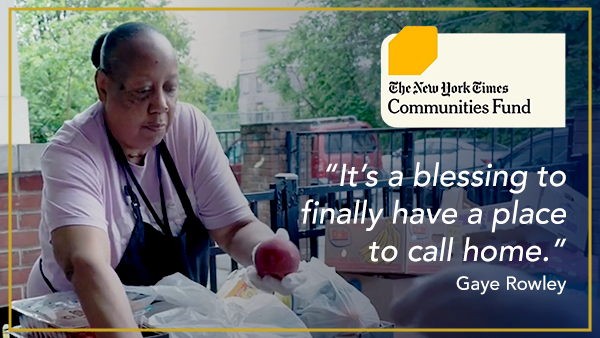Hundreds of volunteers took to the city streets to count and help the homeless
Kaitlyn Colgan of the Young Adult Ministry of the Archdiocese took her concern for the homeless to the streets of Manhattan the night of Jan. 24.
As a volunteer for Catholic Charities New York, Kaitlyn joined others in painstakingly scouring the area between 21st and 25th streets, between Fifth and Seventh Avenues, as well as the neighborhood subway stations. It was all part of New York City’s annual HOPE (Homeless Outreach Population Estimate) count to get a handle on how many people are living on the streets.
The basic task, taken up by volunteers, she said, illustrated that there is “a community who cares.” She has volunteered before on homeless outreach but had never participated in the count before.
She was joined by three other companions from the archdiocesan young adult ministry as well as volunteers from other organizations. They asked everyone they met if they had a place to sleep that evening, including the well-dressed and those who were less so. Outward appearances, she noted, don’t always tell the full story of need.
The exercise helped her get a handle on the scope of the issue.
“I had never seen the city’s side of things. I am more used to one-on-one,” she said. In the homeless count, she was part of an army of volunteers who canvassed the entire city.
He didn’t want to be there.
The group she was with found three people who would be considered homeless. The homeless people were asked if they wanted to seek shelter, but at least this night the three they canvassed preferred to opt for the streets, even though it was a typically chilly New York winter evening.
She chatted with a man who lived on the streets, who said he previously worked as a chef in South Carolina and had been released from a mental health facility in the city.
“He didn’t want to be there,” Kaitlyn said about the man’s view of his experience in the mental health system. A panel discussion before the count exercise noted how there is an adjustment for some living on the streets to life indoors, including getting used to sleeping on a mattress, with some opting to sleep on the floor.
“It can be real hard to live inside again,” she said.
Kaitlyn said that the count is a useful service and she is looking forward to see what the city is able to compile with this snapshot of a single winter’s night. “I would do it again,” she said, noting what she’s learned and how the service of counting is valuable to city planners.


